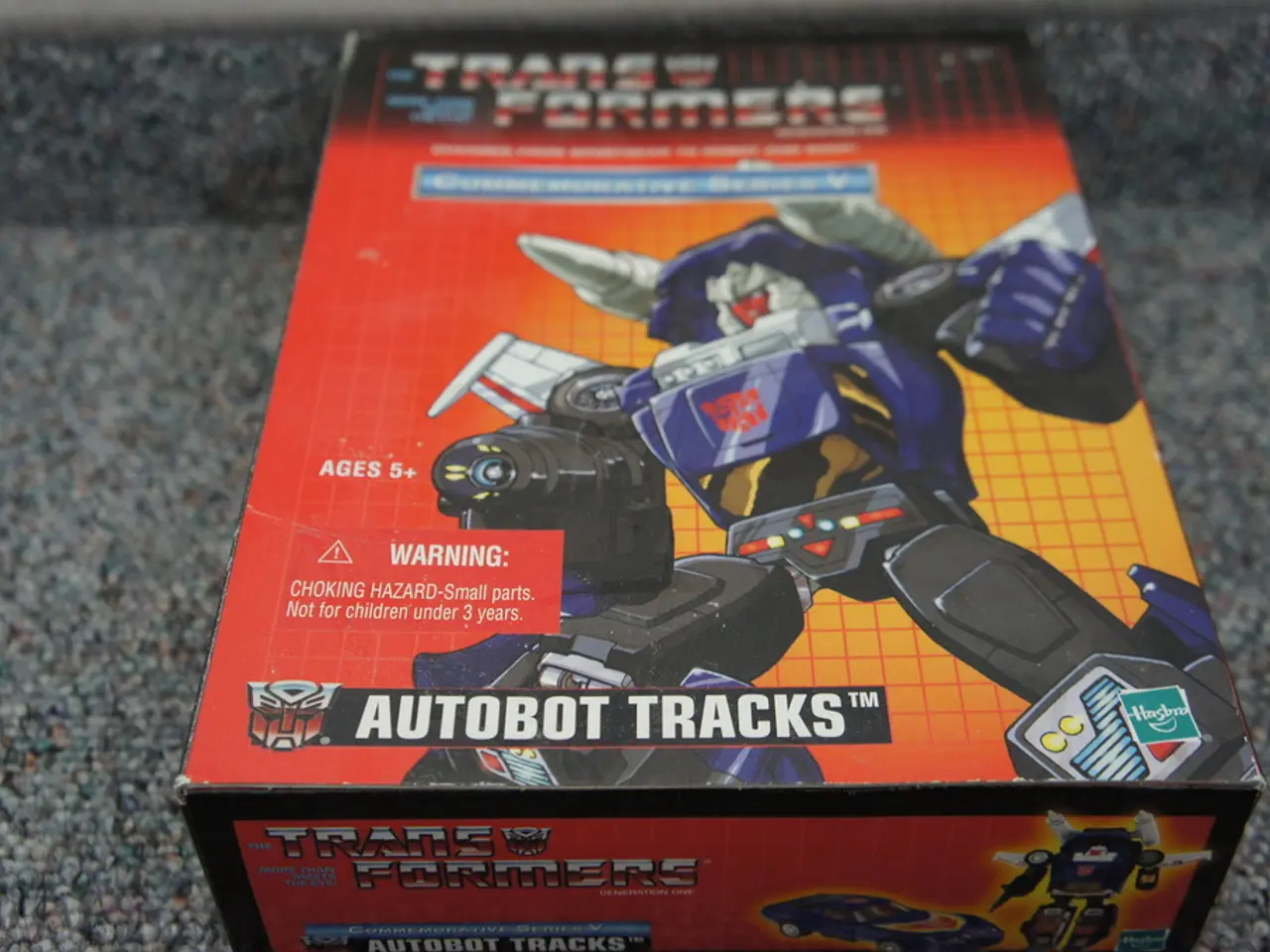Create Your Own Autonomous Vehicle: Affordable Do-It-Yourself Self-Driving Car Kit
In the world of technology, DIY projects are always exciting, and the DIY Self-Driving Car Kit is no exception. This kit offers a unique and rewarding experience for those interested in Artificial Intelligence (AI) and self-driving technology.
Components
The DIY Self-Driving Car Kit comprises several essential components. At its core, a microcontroller or single-board computer, such as the Raspberry Pi or Arduino, processes and controls the vehicle. The sensor suite, which includes cameras, lidars, GPS, accelerometers, and AI sensors, is crucial for navigation and obstacle detection. A power supply and wheels, like the Open Smart 4WD Smart Robot Car Chassis, provide the necessary propulsion. Lastly, a communication module, often Bluetooth or Wi-Fi, enables remote control or data transmission.
Software
Autonomous driving frameworks, such as DonkeyCar, form the backbone of the software used in these projects. These provide a framework for training models to control the vehicle. Machine learning libraries, like TensorFlow or PyTorch, are employed for training models to respond to environmental changes. Low-level control software handles interactions with hardware components such as motors and sensors.
Practical Applications
DIY kits serve as educational tools, allowing users to understand the intricacies of AI-driven systems. They are useful for teaching robotics and AI concepts, as well as for research in autonomous vehicle technology. Enthusiasts can build autonomous vehicles for racing or as a hobby, while robotics competitions provide a platform to test autonomous driving capabilities.
Challenges
While building a DIY self-driving car is feasible on a small scale, transitioning to a fully autonomous road vehicle is a much more complex task requiring extensive testing, validation, and regulatory approval. Ensuring safety is paramount, as is adherence to strict safety regulations, which DIY kits may not meet. The technical complexity and resources required are significant.
A Case Study: DIY Self-Driving Car Project
A developer named [jmoreno555] demonstrates a DIY approach to self-driving car experiments. The setup uses Python for programming and OpenCV for computer vision tasks. The project is based on an HSP 94123 RC car, with a Raspberry Pi 4 driving the car and a 1.2-megapixel camera with a 160-degree field of view forming part of the setup. The project operates in a controlled environment for simplified development, particularly in the early stages.
The possibilities with AI are immense, making it an exciting area for both seasoned developers and curious beginners. With projects like the AI-powered AIRSEEKERS TRON 360° Robotic Mower demonstrating the scope of AI applications, the future of AI and autonomous vehicles is promising. Stay connected for more insights and updates on AI-related projects and developments.
Working on AI-driven projects such as the DIY Self-Driving Car Kit can provide an opportunity to explore the introduction of technology like gadgets (Open Smart 4WD Smart Robot Car Chassis or 1.2-megapixel camera) into our day-to-day initiatives (projects). Furthermore, the growing AI landscape invites enthusiasts to experiment with projects, whether they're interested in creating autonomous vehicles as a hobby or learning the intricacies of AI (technology) and robotics.




